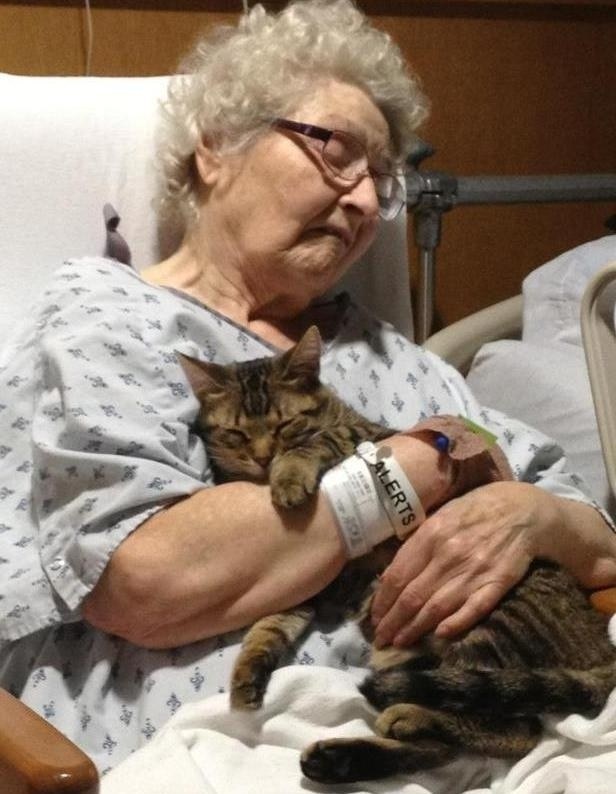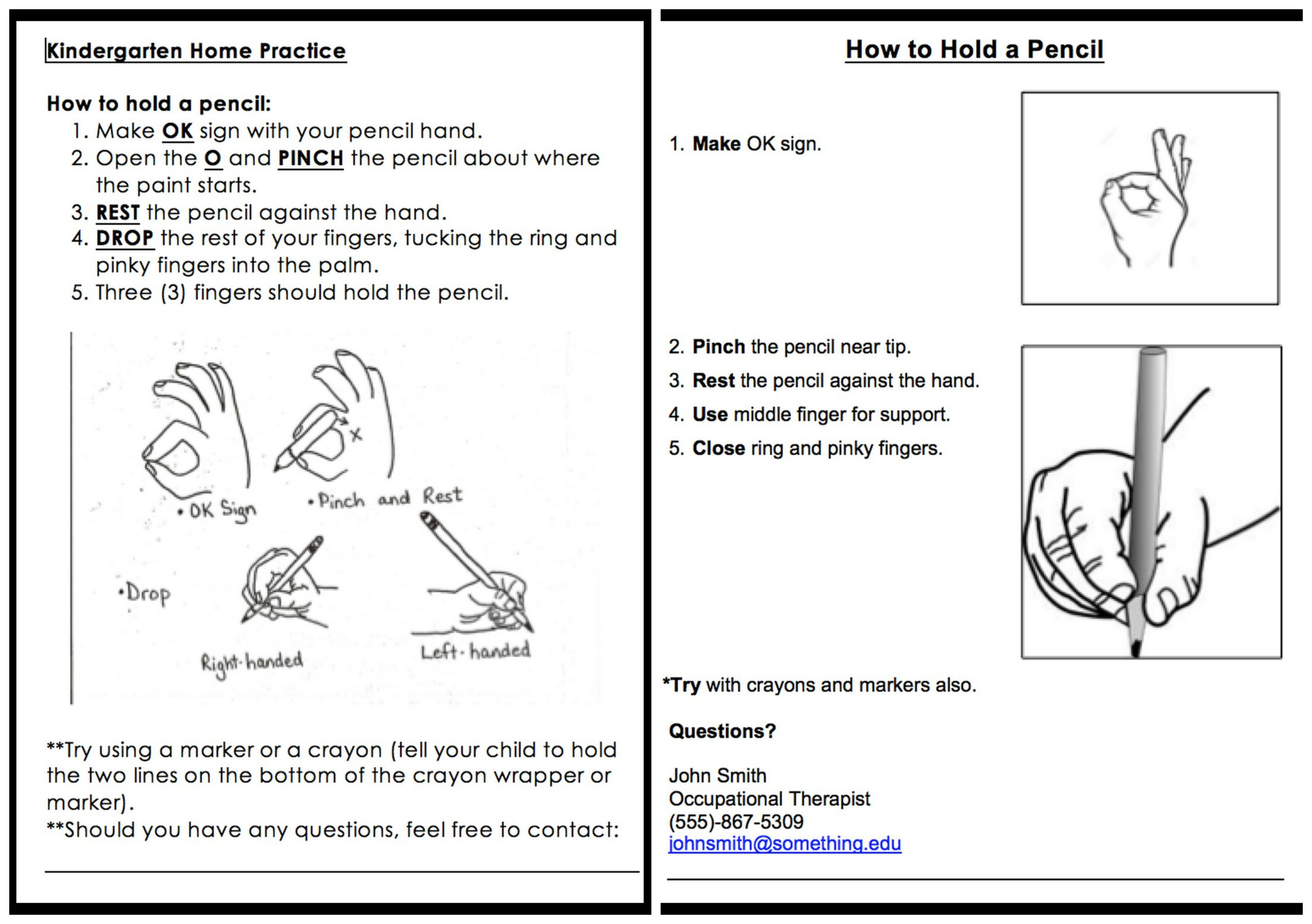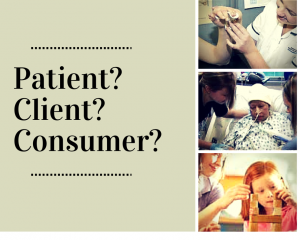Health literacy and educational hand-outs
Educational handouts to clients should rarely be above an 8th grade level, and often more like 4th grade. Here is a "before" and "after" of a handout that some of my classmates and I modified in our Education in OT course!
Four of us modified it in a small group assignment. We all just got back from our once-a-semester 3-4 day onsite visit at the Rocky Mountain University of Health Professions campus, based in Provo, Utah.
*I’m getting my post-professional clinical doctorate in occupational therapy through their program, which is mostly online. I find the curriculum rigorous yet reasonable, and the professors awesomely hysterical yet wonderfully knowledgeable and helpful. I’m really enjoying it as a form of vocational rehabilitation, opening new and non-traditional doors for me, so that I can be a successful occupational therapist even if I can’t handle daily regular direct service sessions!
Remembering our upbringings affect our expectations of clients
Just thinking out loud/reflecting here. 🙂 I really enjoyed reading the following Facebook post by F.C. on the group page, “Pediatric Occupational Therapists”. (I recommend joining this group, a lot of high-quality information and resources.) I enjoy outside-the-box thinking and creativity, and at times I felt guilty trying to reconcile my work with some of the more rigid academic necessities. I did have a typical schooling so I understand “normal” expectations, but I think more like F.C.!
“I went to a very small alternative school from 1st grade through high school that really emphasized individuality and creativity. It was a wonderful place to be and we learned a lot of great life skills, but there was no OT and no one was too concerned with typical development. Fast forward 20 years and I am at my first fieldwork placement at a peds clinic, working with a little boy who was coloring. He was having a great time and using a bunch of different colors and free form drawing before he filled in the shapes… My supervisor (who is lovely) walked in and called him out on not coloring properly – oops! I had no idea up to that point (as a 30 year old) that coloring is usually supposed to be one color, fill the whole area systematically, etc. I thought this kid was doing great! It was an interesting reminder that my upbringing is always going to affect the way I see things and the way I treat. I’m still not sure of everything kids are “supposed” to be doing at certain ages, except out of text books, which don’t give us much.”
Controversy: Patient versus Client versus Consumer?
Patient, Client, or Consumer? In occupational therapy and other healthcare fields, there is a semantic controversy over what us therapists/the public should be calling those who utilize occupational therapy services. Depending on the label used, we get a different feel for the relationship between therapist/person.
My friend, a psychologist, told me she likes to use the word “patient” because it came from Latin and means “one who suffers,” and she feels the people who see her are there because they are suffering. Some therapists prefer “client” as they feel “patient” has more of a superior-inferior feel, as well as a “medical model” feel, and many OTs feel we need to be more encompassing. Other therapists prefer “consumer” because it seems to have a more neutral connotation. I’m sure there are plenty of other reasons for the different labels. Some therapists feel very passionately about the “appropriate” label, others don’t really care, others use them interchangeably. I think there may be an even better label out there. Hmm. So I just asked my pediatric therapist friend what she calls the people she sees, and she said with a shrug, “child.” I loved that answer! Maybe that’s the best one of all. 🙂
What do you think? Patient, client, or consumer?
Remembering our patients in a larger context
As an occupational therapist who has worked in physical dysfunction, this picture of a senior woman in a hospital, cuddling a cat, really struck me. It’s a reminder that our patients, often seen in a hospital setting with no external context, are real people, with real stories, and real lives. Never forget.

*Picture came off some random site a long time ago – no idea where.



